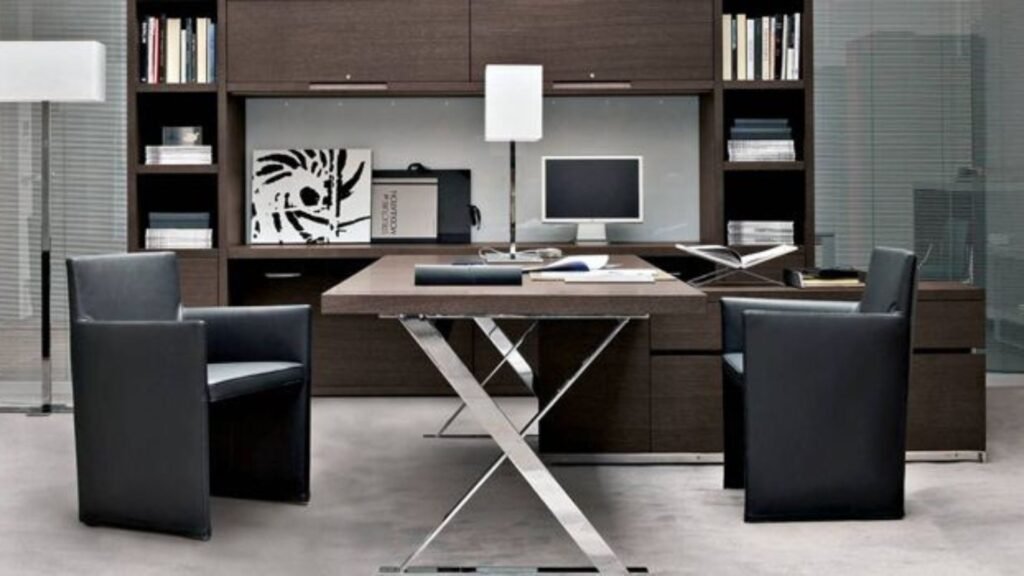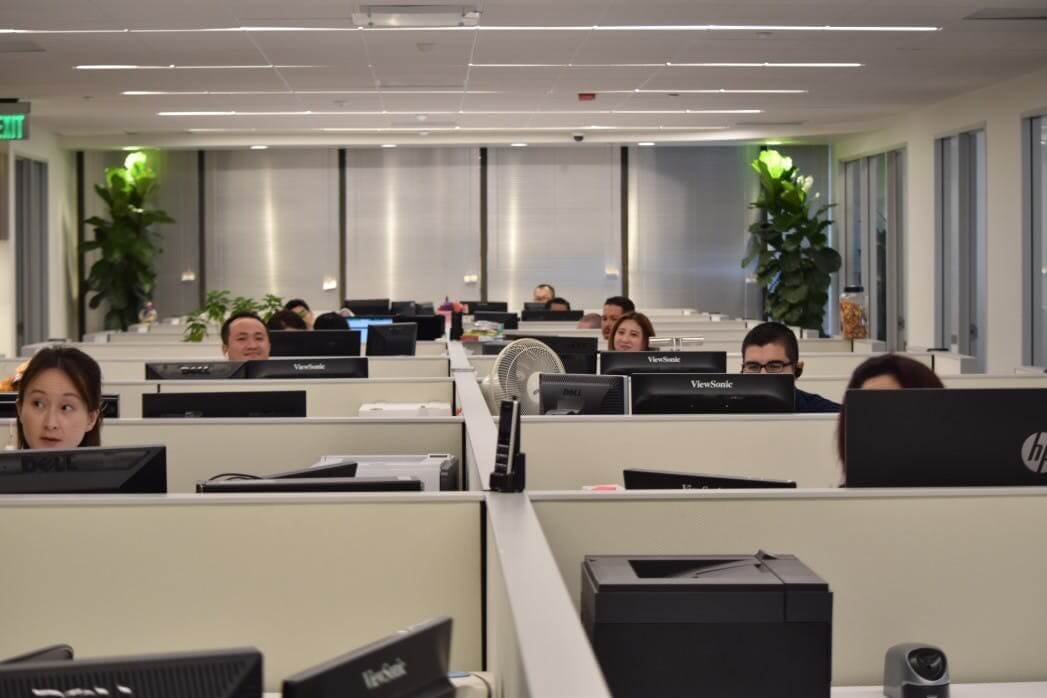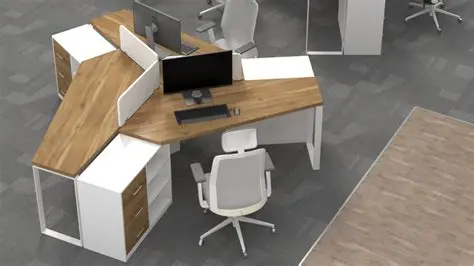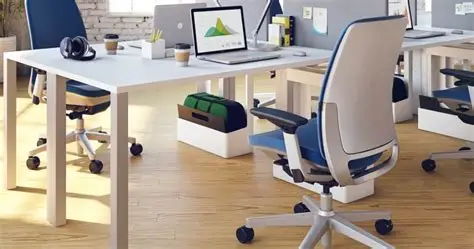
How to Choose Office Seating
Selecting the right office seating is crucial for creating a comfortable and productive workspace. Whether you’re outfitting a home office or a corporate environment, the right chair can make a significant difference in your daily comfort and overall well-being.
Why Office Seating Matters
The average office worker spends a significant portion of their day seated. Poor seating choices can lead to discomfort, decreased productivity, and long-term health issues such as back pain, poor posture, and repetitive strain injuries. Investing in quality office seating is not just about comfort—it’s about supporting your health and enhancing your work performance.
Key Factors to Consider When Choosing Office Seating
1. Ergonomics
Ergonomic design is paramount when selecting office seating. A well-designed chair supports the natural curve of your spine, promotes good posture, and reduces the risk of musculoskeletal problems.
- Adjustable Seat Height: Ensure your feet rest flat on the floor with your knees at a 90-degree angle.
- Lumbar Support: Look for chairs with adjustable lumbar support to maintain the natural curve of your lower back.
- Seat Depth and Width: The seat should allow you to sit back comfortably with a few inches between the back of your knees and the seat edge.
- Adjustable Armrests: Armrests should support your arms comfortably without causing shoulder strain.
2. Material and Build Quality
The materials used in office seating affect both comfort and durability.
- Breathable Fabrics: Mesh backs and seats promote airflow, keeping you cool during long hours.
- High-Quality Upholstery: Leather and high-density foam offer comfort and longevity.
- Sturdy Frame: A robust frame ensures the chair withstands daily use without wobbling or breaking.

3. Mobility and Adjustability
Chairs with adjustable features and mobility options can accommodate various tasks and work environments.
- Swivel Base: Allows easy movement and access to different areas of your desk.
- Caster Wheels: Choose wheels suitable for your flooring type (e.g., hard floors or carpet).
- Multiple Adjustments: Look for chairs with adjustable backrests, seat angles, and tension controls to customize your seating position.
4. Style and Aesthetics
The appearance of your office seating should complement your workspace’s design and reflect your personal or company brand.
- Design: Choose a style that aligns with your office decor, whether it’s modern, traditional, or minimalist.
- Color: Select colors that create the desired ambiance—neutral tones for a professional look or vibrant hues for a creative atmosphere.
- Branding: For corporate environments, consider seating that aligns with your company’s branding and culture.
5. Budget Considerations
Quality office seating is an investment in your health and productivity. While it’s tempting to opt for cheaper options, consider the long-term benefits of investing in a quality chair.
- Cost vs. Value: Balance your budget with the features and durability offered by the chair.
- Warranty and Support: Check for warranties and customer support services to ensure you’re covered in case of issues.
Top Office Seating Options in 2025
Based on recent reviews and expert recommendations, here are some top office seating options to consider:
- Herman Miller Aeron Chair: Known for its ergonomic design and breathable mesh fabric, it’s a top choice for long hours of sitting.
- Steelcase Leap Chair: Offers extensive adjustability and lumbar support, catering to various body types.
- Branch Verve Chair: A mid-range option praised for its comfort, style, and durability.
- FlexiSpot C7 Chair: A budget-friendly choice that doesn’t compromise on essential ergonomic features.
Conclusion
Choosing the right office seating involves balancing comfort, functionality, and style. By considering ergonomic features, material quality, adjustability, aesthetics, and budget, you can select seating that enhances your work experience and supports your health. Remember, investing in quality office seating is an investment in your well-being and productivity.







